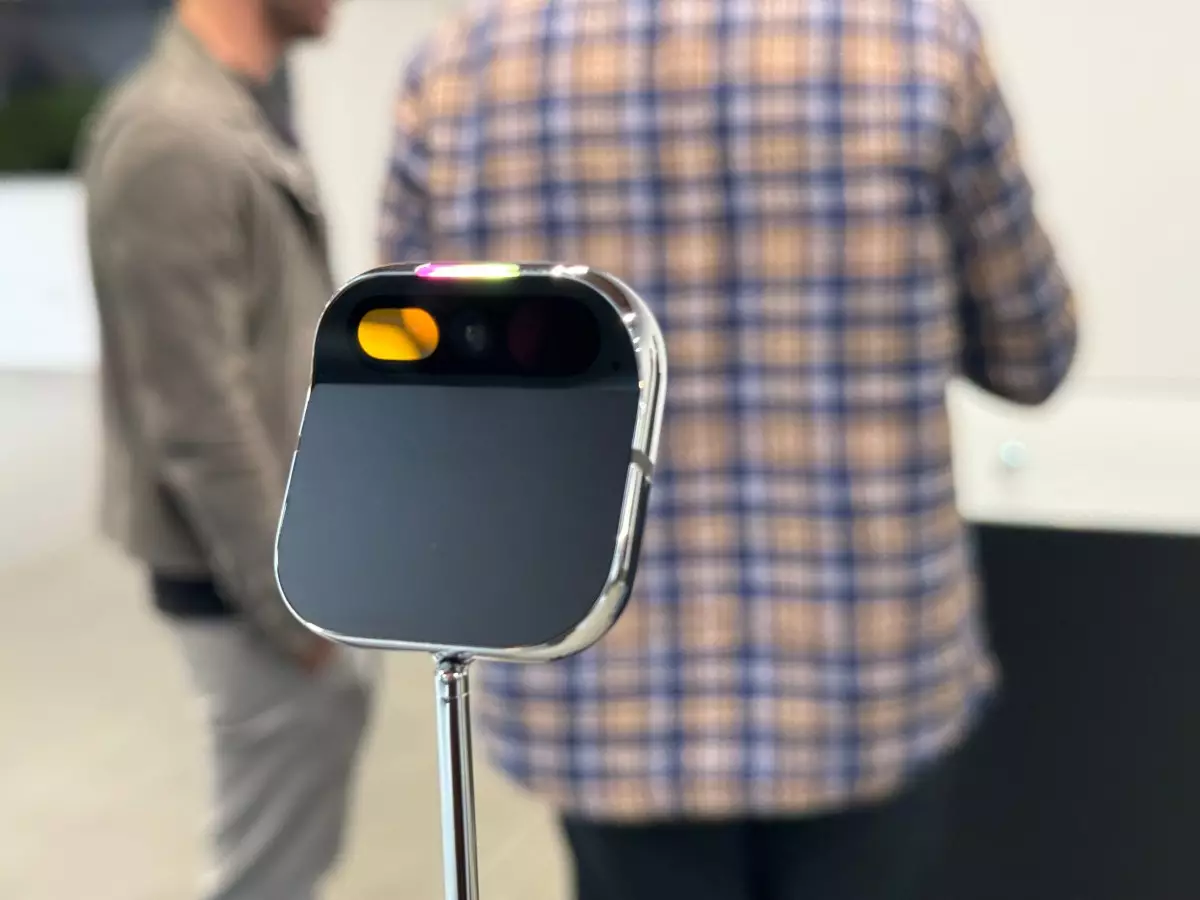In the fast-paced world of technology, the past week has been rife with significant developments that underscore the volatile nature of the industry. From high-stakes acquisitions to radical marketing stunts, each story reflects broader trends and challenges that companies face as they strive for dominance in the ever-evolving landscape of tech and AI. Let’s delve into some of the most striking stories and their implications.
One of the week’s biggest headlines came from HP’s controversial acquisition of Humane, a startup known for its AI Pin, for $116 million—an amount shockingly less than half the $240 million the company had raised in venture capital. This acquisition not only marks a failure for Humane and its high hopes for the AI Pin but signals troubling trends within the startup ecosystem. Nonetheless, the sudden cessation of sales for the AI Pin highlights the risks that tech innovators face when the marketplace does not respond favorably to their pioneering inventions.
Moreover, this acquisition is coupled with drastic changes for Humane’s employees. While some were incentivized with job offers from HP that promised substantial pay raises, a significant number of employees found themselves displaced. This situation sheds light on the precariousness of job security in tech startups—a sector often idolized for fostering innovation yet marked by instability and cutthroat competition.
On the hardware front, Apple finally unveiled its updated iPhone SE, now dubbed the iPhone 16e. This release is noteworthy not merely for its hardware additions such as the A18 processor and the elimination of the Touch ID home button in favor of Face ID but also for its timing—three years after the last refresh of this budget-friendly line. While staying competitive, this incremental innovation strategy seems to indicate that Apple is focusing on maintaining its stronghold in the smartphone market amidst growing competition from various Asian manufacturers.
The new pricing strategy, starting from $599, raises questions about Apple’s commitment to affordability in an age when consumers are becoming increasingly price-sensitive. As other smartphone makers continue to push boundaries with cutting-edge technologies at competitive prices, it remains to be seen how well this refresh will be received.
Duolingo’s decision to “kill” its beloved owl mascot, Duo, through a theatrical campaign has stirred dialogues about the sometimes fine line between clever advertising techniques and alienating loyal customer bases. Dubbed a necessary “Duo or die” initiative to spur engagement in language learning among its users, this marketing ploy can be seen as both a daring move and a potential miscalculation. Engaging consumers through shock tactics has the potential to upset those who have grown fond of the character that has represented the brand for so long.
While the initial reactions appear positive, the long-term ramifications of such a drastic change are relatively uncertain. Will users embrace the bizarre humorous angle, or will they feel a disconnect from a brand that was previously more relatable? Only time will tell if Duolingo’s gamble pays off.
In the legal arena, Uber’s lawsuit against DoorDash introduces an intricate web of competition-related issues, with Uber accusing DoorDash of monopolistic practices aimed at suffocating competition. This escalating feud between two delivery giants not only signals the increasing tensions inherent in the tech-driven gig economy but also emphasizes the ethical responsibilities that such companies hold towards partnering restaurants.
Uber’s claims underscore a broader conversation about fair competition in the era of rapid technological advancement. As these platforms vie for control over market share, the implications for the restaurants involved could be dire, forcing them to make decisions that may not always align with their best interests.
Amidst the chaos, former OpenAI CTO Mira Murati has reemerged with her new AI venture, Thinking Machines Lab. By collaborating with figures such as co-founder John Schulman and former chief research officer Barret Zoph, Murati’s initiative aims to develop collaborative multimodal systems. This transition in leadership suggests a continued investment in cutting-edge AI technologies that challenge conventional boundaries.
Additionally, the launch of Grok 3 by Musk’s xAI reflects ongoing experiments in AI that prioritize ideological neutrality. By positioning this new model as a “maximally truth-seeking AI,” Musk’s venture aims to navigate political correctness complications in an increasingly polarized society.
As we reflect on this week’s noteworthy tech developments, it’s clear that the industry’s landscape is fluid and fraught with challenges. From acquisition woes and product refreshes to ethical debates surrounding competition, the responses from these companies will not only dictate their own futures but also shape the broader technology environment. In this unpredictable era, adaptability may just be the most crucial asset for any tech venture.

